Nico “Ryobeat” Rodriguez lit a spark in the Super Smash Bros. Melee community with a single tweet noting that the community hadn’t produced an official Melee tier list since 2015. While it took almost a year and a half to do something about it, PGStats released a new list on March 29 that finally reflected the modern state of the game.
https://twitter.com/RyobeatPeach/status/1190382501790912512
Tier lists — the rankings of playable characters and other gameplay elements — are a hallmark of competitive gaming. They are distinctly popular in the fighting game community (FGC), where ever-shifting metagames and a focus on head-to-head competition makes them particularly useful. In the FGC, tier lists are created and debated so frequently that making one to rank everything from fast food chains to breakfast cereals has become a mainstream meme.
Critics had grumbled about the outdated Melee tier list for years, but the idea of supplanting it with an updated version didn’t pick up momentum until Ryobeat started gauging the interest of other top players. He enlisted PGStats project lead Andrew “PracticalTAS” Nestico for logistical support, and the two decided to get input from as many of the 100 top players featured in the Melee Panda Global Rankings as possible.
“The only exception to that rule is that [Adam] “Armada” [Lindgren] also submitted a survey,” PracticalTAS said. “We included him as a GOAT of the game and past number one.”
All in all, Ryobeat and PracticalTAS convinced 64 top-level Melee players to fill out a survey ranking each of the game’s 26 characters, then averaged the results, normalized them and ran them through a clustering algorithm in order to create grouped tiers.
The PGStats list has now replaced the 2015 version as the official character ranking by all accounts, but its legitimacy comes from its star-studded list of contributors. Yet when it comes to the most widely accepted Super Smash Bros. tier lists, the word “official” has always been accompanied by an asterisk.
These tier lists were not handed down by Nintendo or developed by Smash-supporting esports leagues such as Major League Gaming. Instead, the groups that created them gained their legitimacy entirely through the support and respect of the grassroots competitive Smash community.
Formed on Smashboards, these “Back Rooms” were filled with a mix of top players, frequent posters and other community leaders who would fill out character ranking ballots that were then averaged to create each tier list. When Smashboards died, so did the potential for any future Back Room tier lists.
“Everybody moved on to Facebook, and then Twitter,” said PracticalTAS. “There is no longer a sphere of influence around the Back Room.”
In retrospect, some of the character placements in the 2015 Melee tier list were questionable to even an occasional viewer of competitive Smash. Captain Falcon was ranked at No. 9, behind Ice Climbers and Peach, despite the fact that no competitor in the MPGR top 10 plays the latter two characters.
“Now, three of our top ten is Captain Falcon,” Ryobeat said. “They’ve won nationals and beaten multiple gods.”
Fox was also ranked within his own “SS” tier in 2015, though the character is now thought to have several losing or even matchups. And Jigglypuff was once No. 5 on the list, despite being the character of choice for three-time MPGR No. 1 player Juan “Hungrybox” DeBiedma.
The PGStats tier list has fixed these discrepancies and resolved many of its predecessor’s most glaring issues. Captain Falcon is now ranked at No. 6, above Peach and Ice Climbers. Though Fox still occupies the No. 1 position, the character now shares a tier with Marth, Jigglypuff and Falco. Jigglypuff has risen two spots and is now considered the third-best character in the game.
“It’s not that it discredits Hungrybox,” Ryobeat said. “But it gives the viewer more of a lens to see what actually makes ‘Puff strong.”
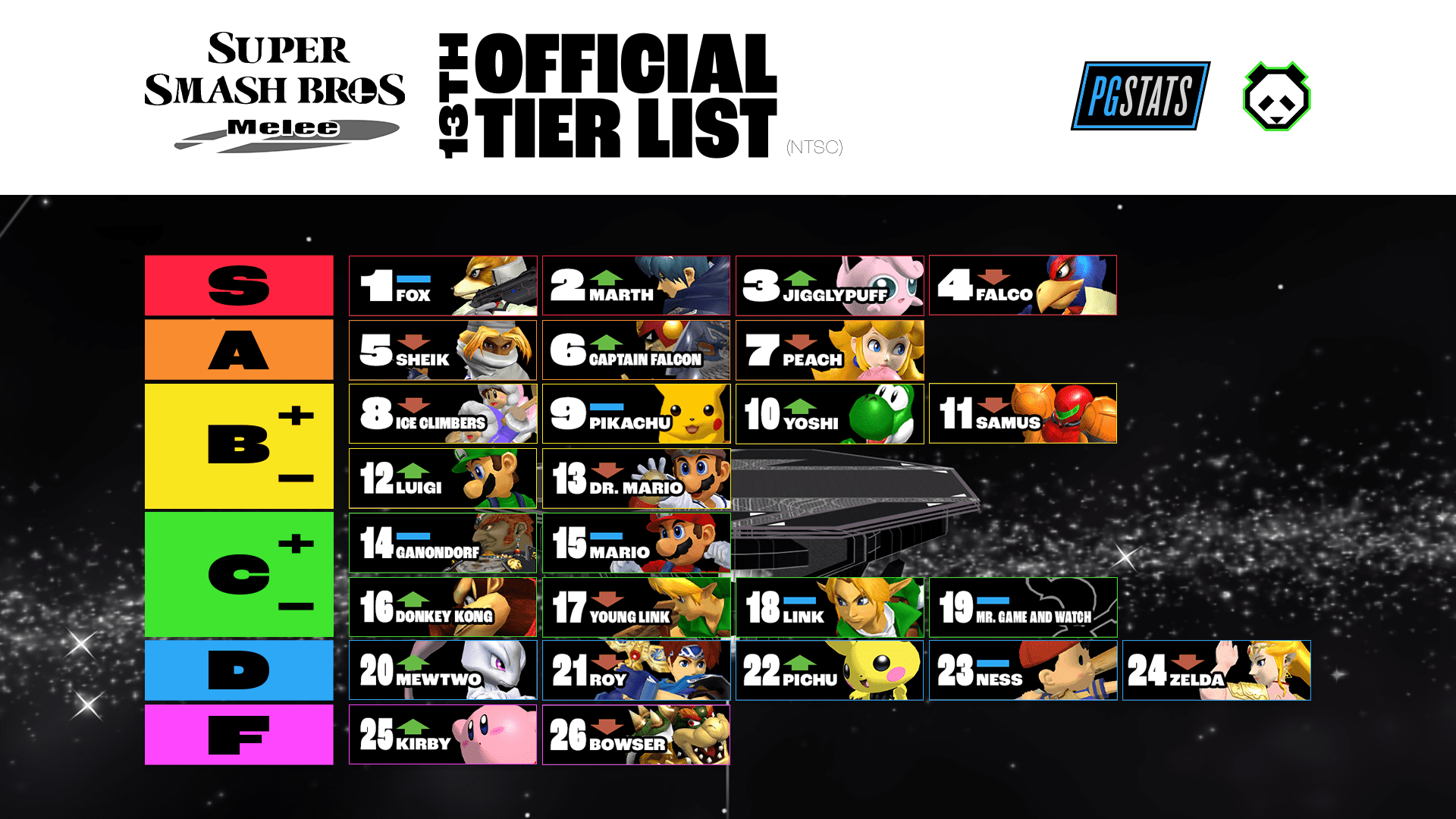


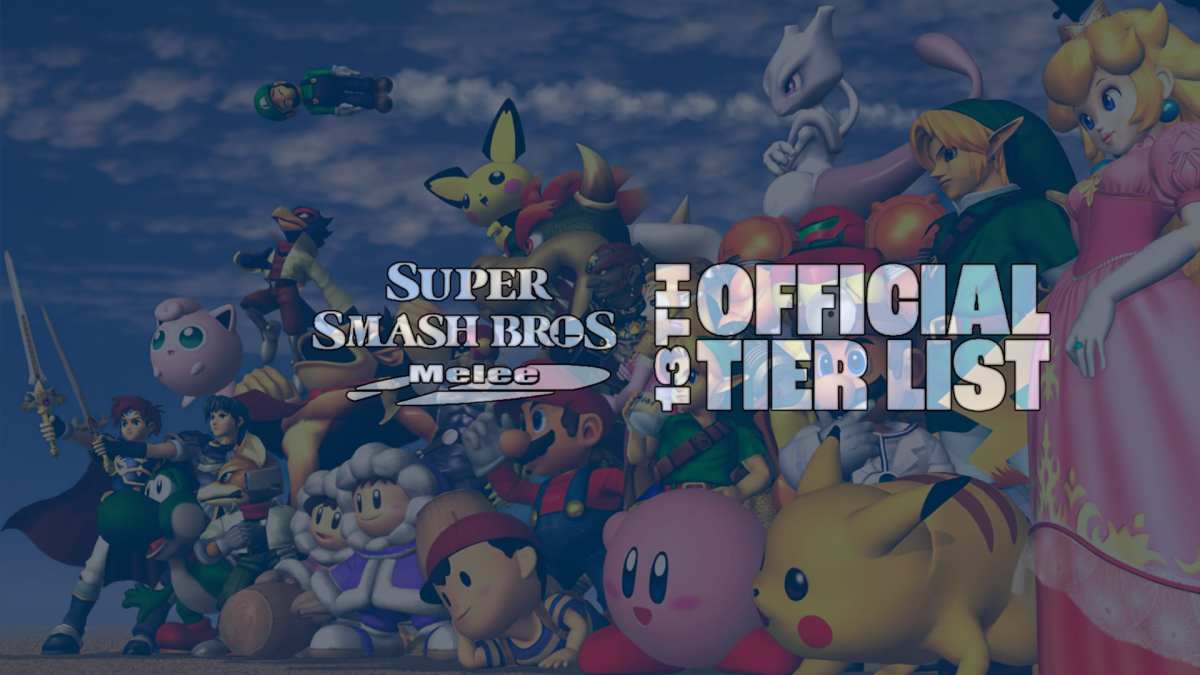
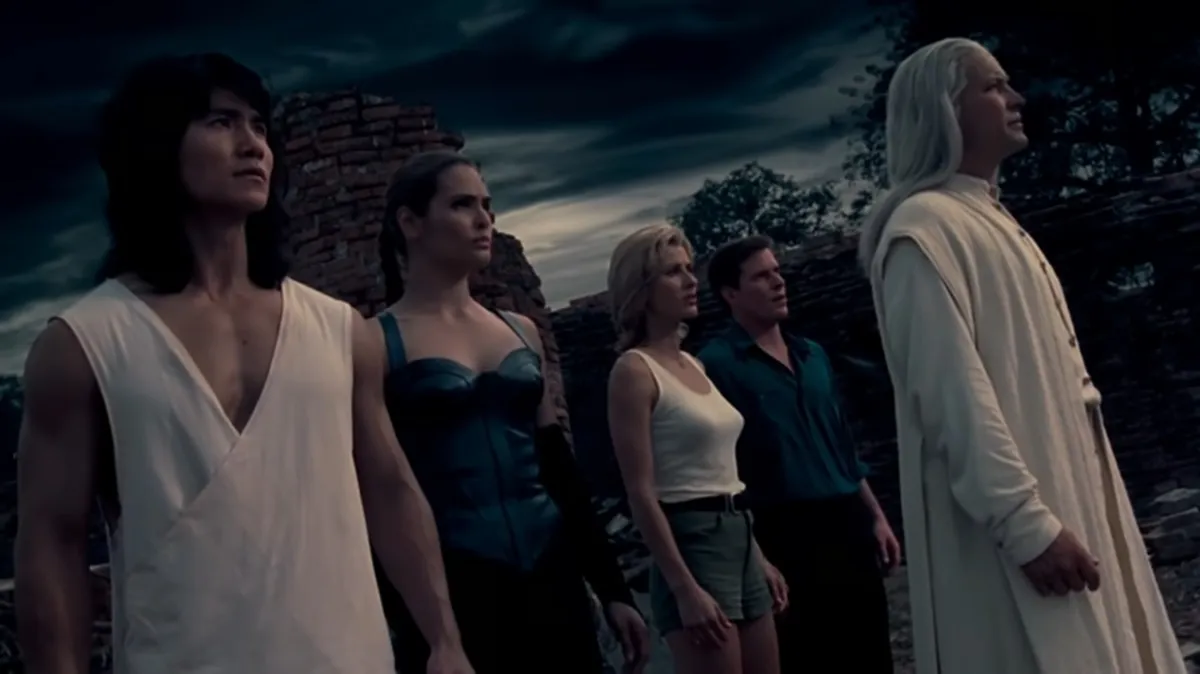


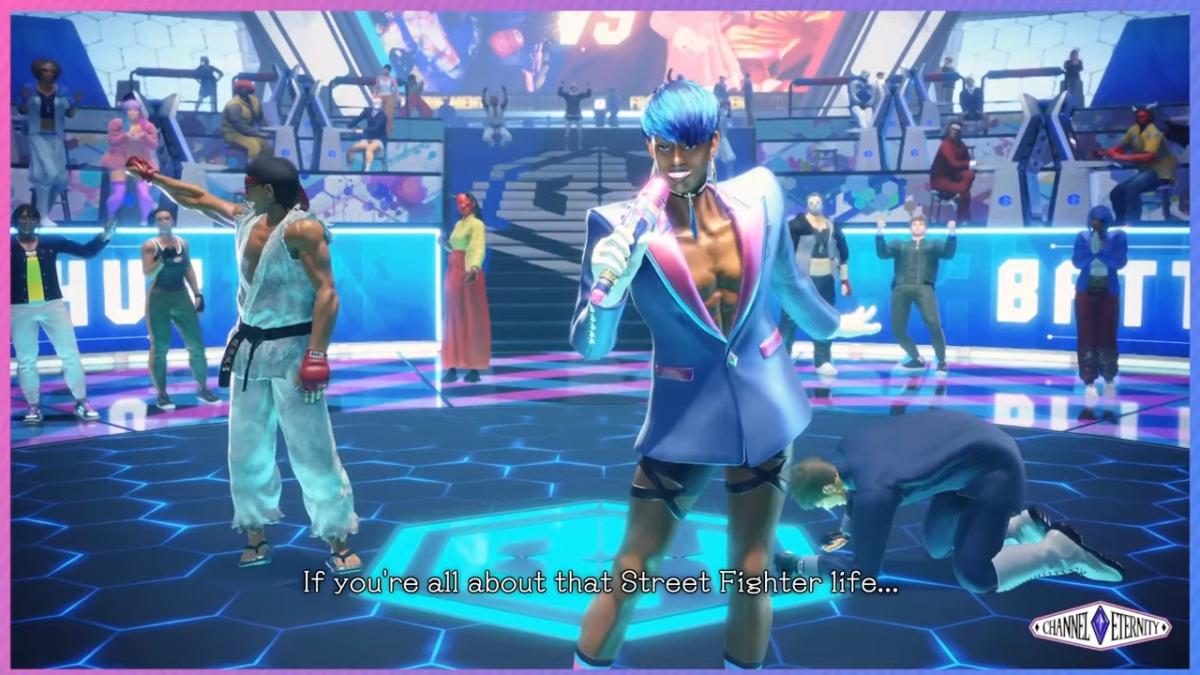
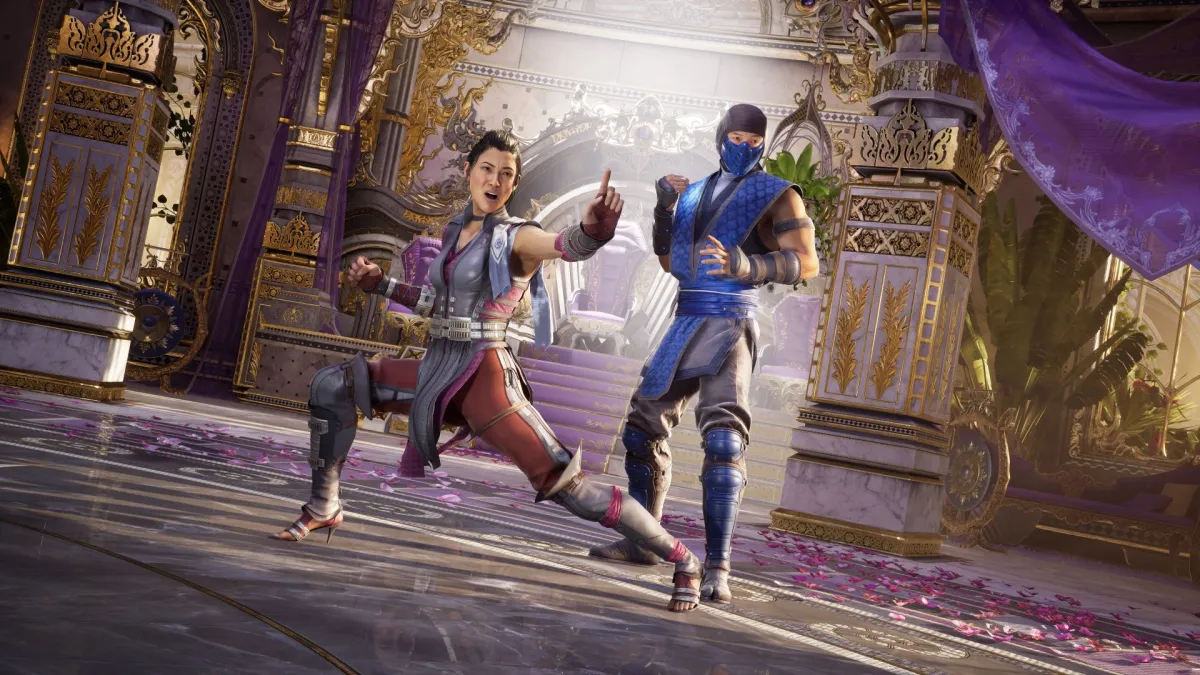


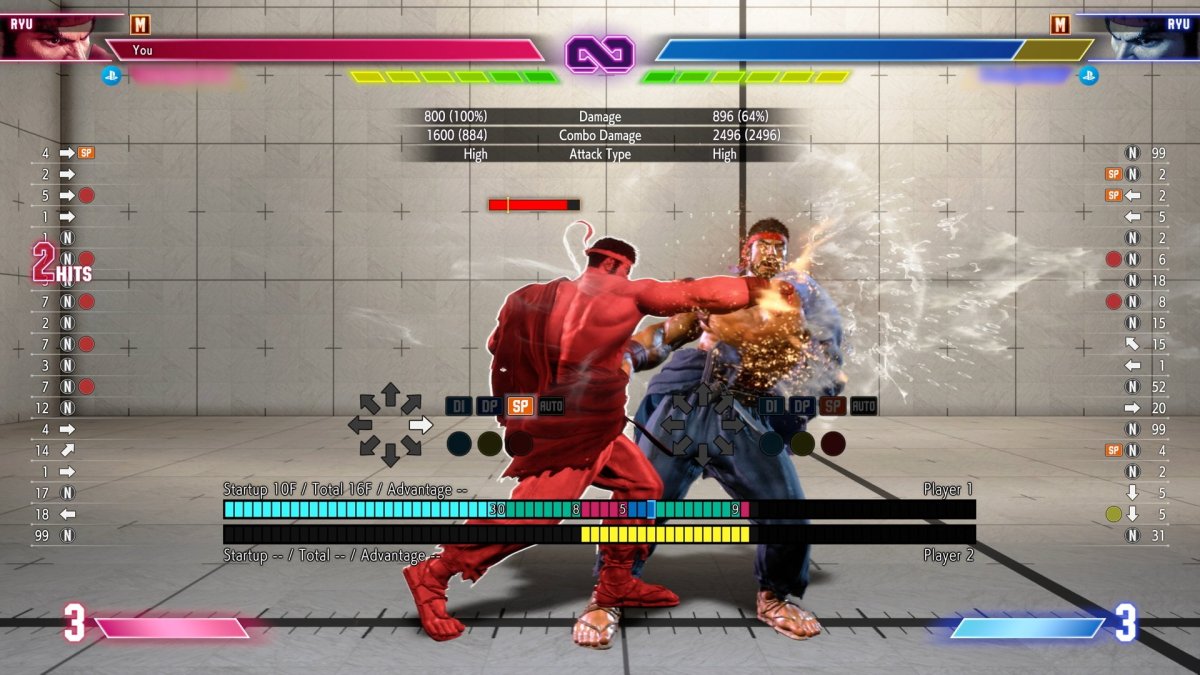
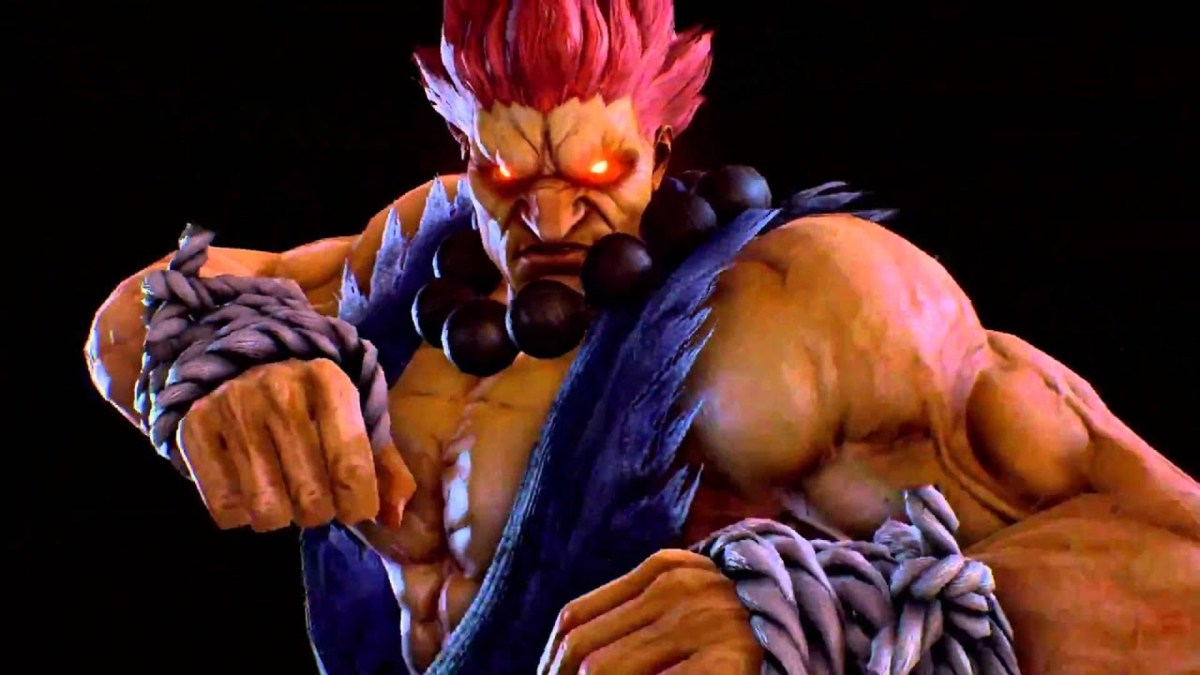
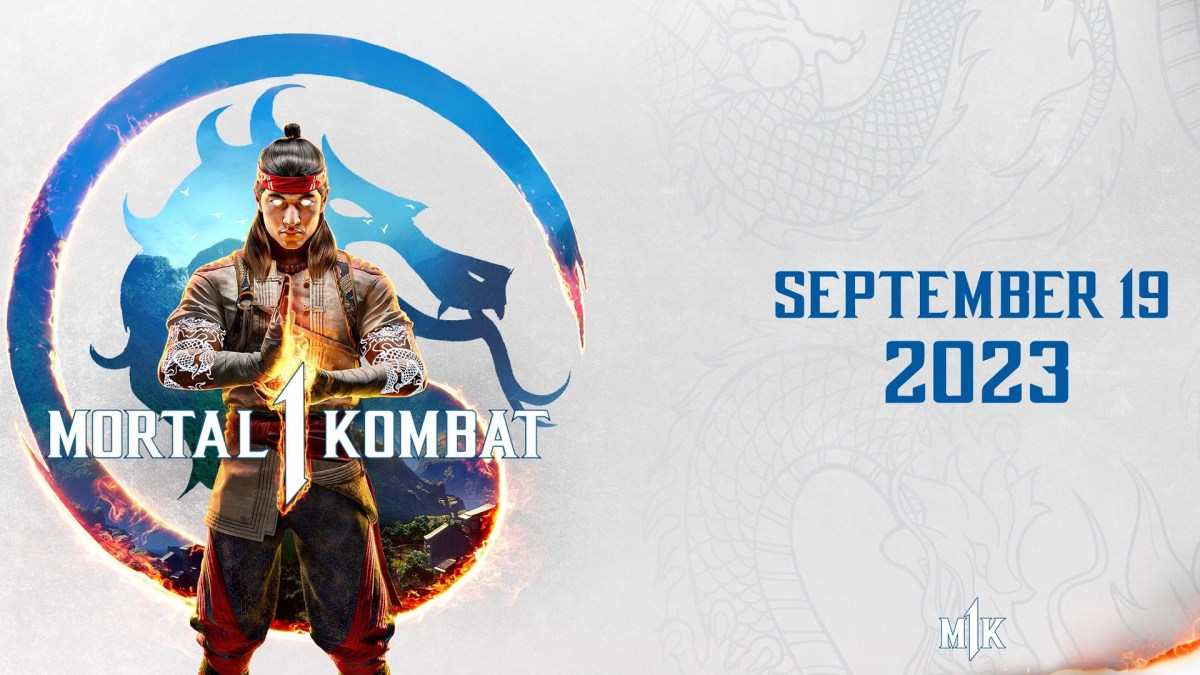




Published: Apr 23, 2021 12:00 pm